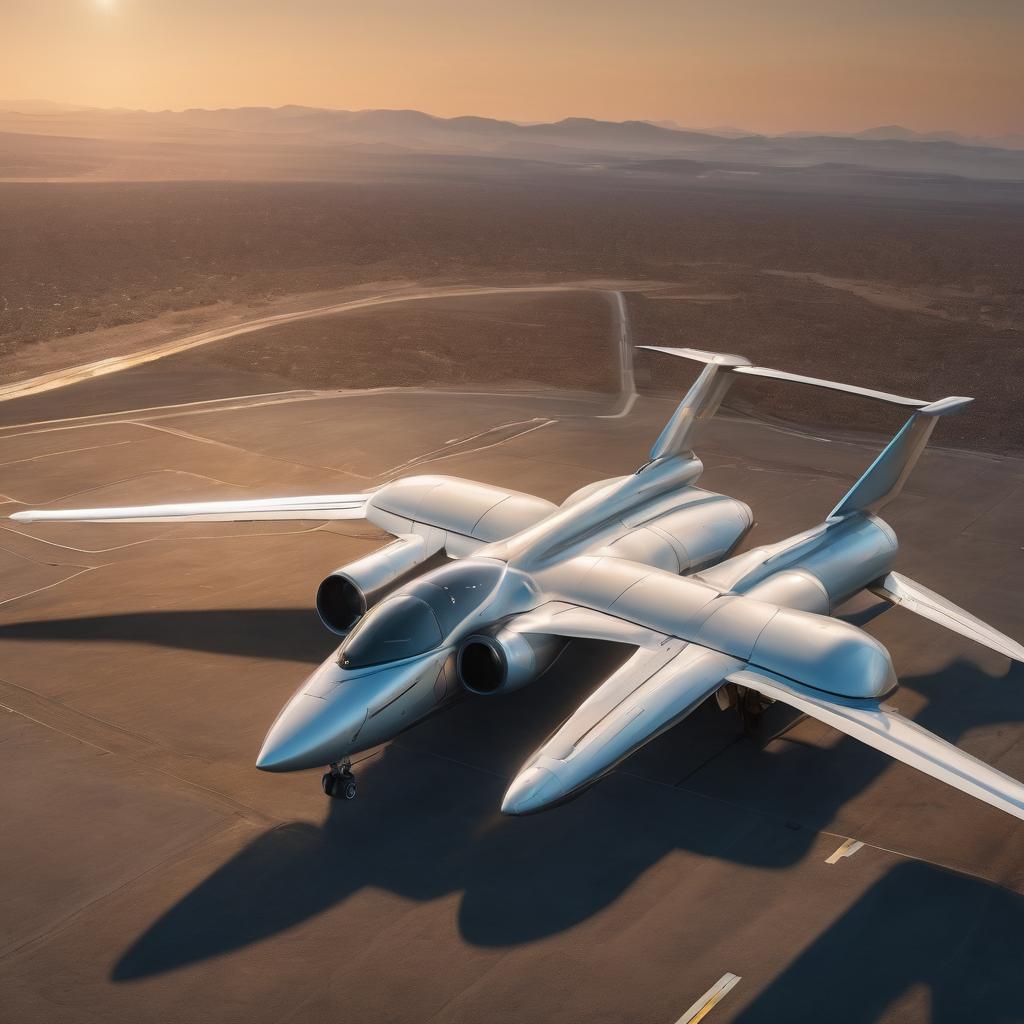In this highly competitive environment where nation spends huge portion of GDP in development of defense and aerospace sectors, use of artificial intelligence has become an inevitable for global leaders. With AI we can modernize the aircraft by optimizing the design of the air craft, use ai data analytics tools to predict the weather forecast in an accurate way, make informed data driven decisions to avoid flight accidents at the right time. Not only this we can automate various workflows in aerospace industry using advanced flight autonomous system that enables us to maintain the aircraft health, secure sensitive data of the air craft by strengthening the defense mechanism system from cyber attacks, network intruders and cloud thefts. The advantages of ai implementation in aerospace industry are limitless. Here are top 5 ways to harness the full potential of AI services for aerospace industry.
Predictive Maintenance for Enhanced Reliability
One of the most significant applications of AI in the aerospace industry is predictive maintenance. AI algorithms analyze vast amounts of historical and real-time data from aircraft systems to predict potential failures before they occur. By implementing predictive maintenance, airlines and aerospace companies can optimize maintenance schedules, reduce downtime, and enhance overall reliability. This proactive approach not only improves safety but also minimizes operational costs by preventing catastrophic failures and unplanned maintenance.
Autonomous Systems for Increased Efficiency
In aerospace industry we need unmanned aerial vehicles and drone system for surveillance, and inspection purposes. The data is captured using ai drones from air which transmits the data information in encrypted format to the control room that stores the information securely and uses ai tools to analyze the data, extract meaningful information and predict the outcome for specific conditions.
Advanced Flight Analytics for Optimal Performance
AI-driven analytics play a pivotal role in optimizing aircraft performance. The data from multiple types of IOT devices can be extracted from AI enabled ETL tools that transforms the data into specific format for aerospace industry, fine tune the fight parameters, enables to improve the design defects of the aircrafts using simulated software and minimize the consumption of fuels, making it fuel efficient aerial vehicle.
Personalized Passenger Experiences
AI is not only transforming the operational aspects of aerospace but also enhancing the passenger experience. From AI-driven chat bots for customer support to personalized in-flight entertainment recommendations, AI services are creating a more customized and enjoyable journey for travelers. Machine learning algorithms analyze passenger preferences and behaviors, enabling airlines to offer personalized services, such as tailored meal options, seating arrangements, and travel itineraries. This not only increases customer satisfaction but also strengthens brand loyalty.
Cyber security for Robust Protection
As the aerospace industry becomes increasingly connected through IoT (Internet of Things) and digital networks, the importance of cyber security cannot be overstated. AI plays a crucial role in fortifying aerospace systems against cyber threats. Machine learning algorithms can detect and respond to potential security breaches in real time, safeguarding critical flight systems and sensitive data. By continuously evolving to counter new cyber threats, AI enhances the overall cyber security posture of the aerospace industry, ensuring the integrity and safety of aviation operations.
Conclusion
As we celebrate the one-year anniversary of AI integration in the aerospace industry, the impact of these technologies is palpable. From predictive maintenance to autonomous systems, advanced analytics, personalized passenger experiences, and robust cyber security, AI has opened new frontiers in efficiency, safety, and innovation. The continued collaboration between AI developers and aerospace experts promises even more exciting advancements in the years to come, shaping the future of flight and redefining the possibilities within the aerospace industry.


